

Helpful Links:
Alaska State Fishing License AND JBER Recreational Permit are required for all fishing on JBER.
All Alaska Department of Fish and Game (ADF&G) regulations apply.
Public access to JBER-Elmendorf fishing areas are based on the current security status of the base and training area closures.
Remember, when signing in you will only be allowed to sign in to training areas that are currently open. If you do not see your preferred training area it is NOT available. Please follow training area opening guidance.
No gas operated motors allowed on JBER lakes. Electric trolling motors are allowed.
ALL occupants in or on watercraft must wear a US Coast Guard approved Type I, II, or III Personal Floatation Device while on JBER waters.

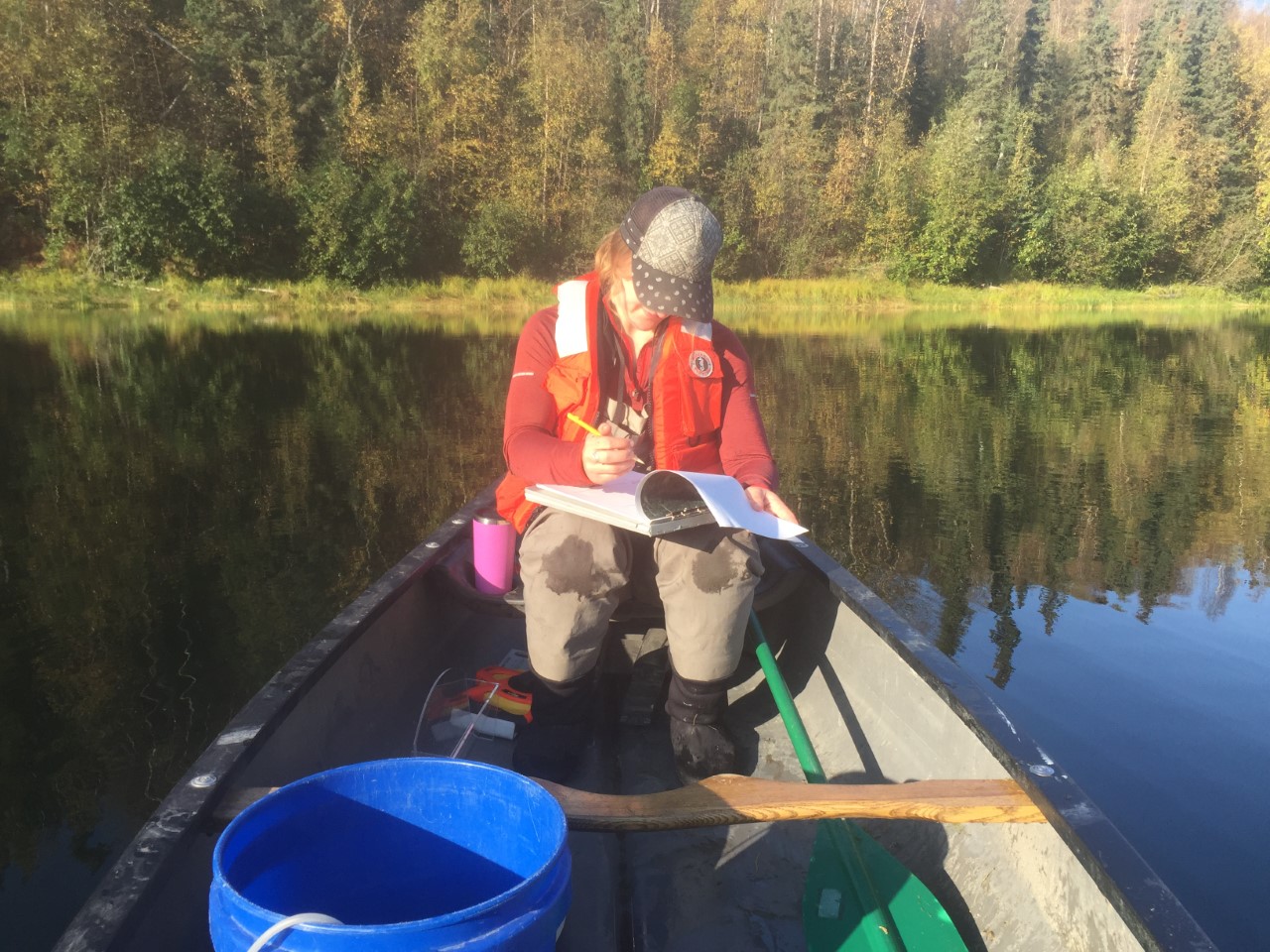
Tela Barkley, JBER NR team member.
Help the JBER Fisheries Program by filling out the harvest survey when you’re done fishing!
An assessment of waters on JBER is important to help make informed decisions for JBER and ADF&G’s Monitoring and Assessment of Anchorage Management Area Lakes. The information we collect, with the help of YOU- our iSportsman anglers, will support JBER Natural Resource staff along with ADF&G to make informed decisions on the health of the systems, including when lakes should be stocked, how many fish should be stocked, and whether or not a winter die-off of fish can be expected.
JBER is part of ADF&G’s Anchorage Management Area for sport fisheries. There are 30 stocked lakes in this management area including 11 lakes on JBER (four on JBER-Richardson and seven on JBER-Elmendorf). Stocking numbers are based on state-estimated carrying capacity and estimated of fishing pressure. The stocking program has changed greatly over the years. Although past stocking programs released Arctic char, Arctic grayling, lake trout, and steelhead trout, the program currently stocks rainbow trout, Arctic char, and landlocked chinook salmon in JBER lakes.
Fish are stocked in JBER lakes most commonly between mid-May and October. Stocking has not occurred in Otter Lake since the mid 2000’s due to the discovery of northern pike in that lake. Current stocking levels in other JBER lakes are expected to remain, although they may be adjusted to reflect current angler use trends or fish availability.
Recreational Lake Activity Reports:
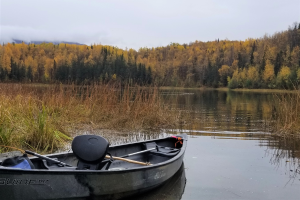
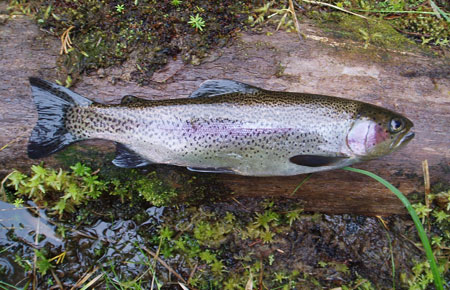

Please do your part to protect our native salmon and the lakes on JBER
! IMPORTANT NOTICE !
Northern pike have recently been dicovered in Lower Sixmile Lake on JBER. If you catch a pike while fishing on any of JBER lakes, you are REQUIRED to kill the fish and report it to Conservation Law Enforcement (552-8609) or the JBER Fisheries Biologist (384-3380 or colette.brandt@us.af.mil). Anglers are also encouraged to turn in any caught pike to the JBER Fisheries Biologist for sampling by (ADF&G). Please do your part to protect our native salmon!
Helpful Links:
NORTHERN PIKE are not native to Southcentral Alaska (although they are native to other parts of the state). Illegal stocking of northern pike has occurred in Anchorage area lakes, including Otter Lake on JBER (which were removed with a rotenone effort with ADF&G in 2015). Pike can decimate resident fish populations when introduced into waters where they are not native, thereby reducing teh quality of fishing. If you catch northern pike in JBER waters, you are REQUIRED to kill the fish and report it. If you do not wish to keep it, you are encouraged to turn it in to the JBER Natural Resources staff (907-384-3380 or colette.brandt@us.af.mil). There is no bag limit for pike on JBER waters.
For more information on invasive pike in southcentral Alaska, click here (ADF&G).
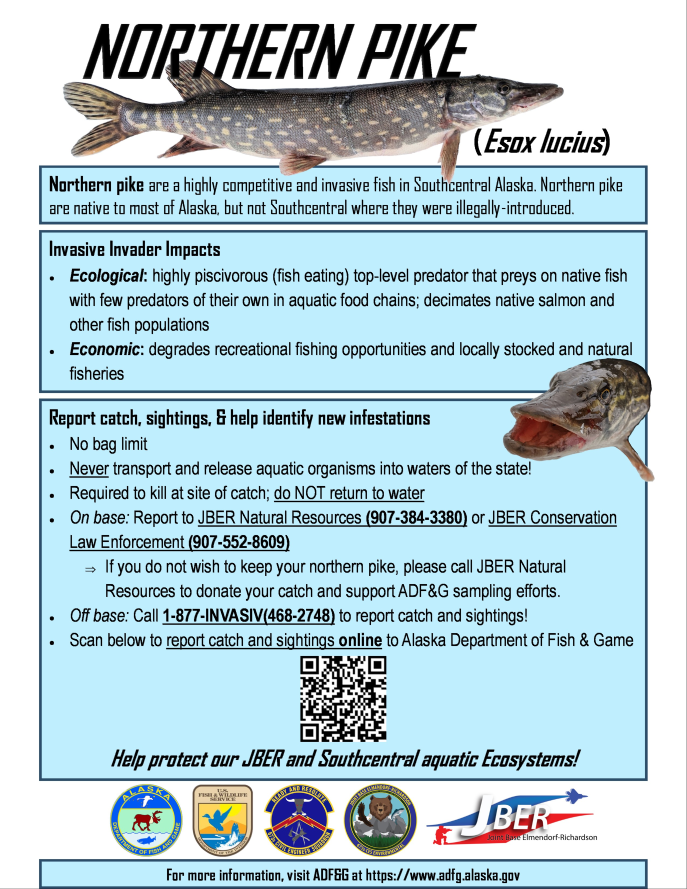
ELODEA is a non-native, aquatic invasive plant. Elodea grows in dense mats blocking light, outcompeting native vegetation, providing cover for other invasive species such as northern pike, and creating hazards for float planes and boats. This aquatic plant easily grows from roken vegetative plant fragments and is transported via watercraft, after which it can quickly establish in new waterbodies. If you suspect you've found Elodea, take a photo, note the location, and report to Alaska Department of Natural Resources (907-745-8721) AND JBER Natural Resource staff (907-384-3913 or charlene.johnson.3@us.af.mil).
For more information on Elodea, click here (ADNR).
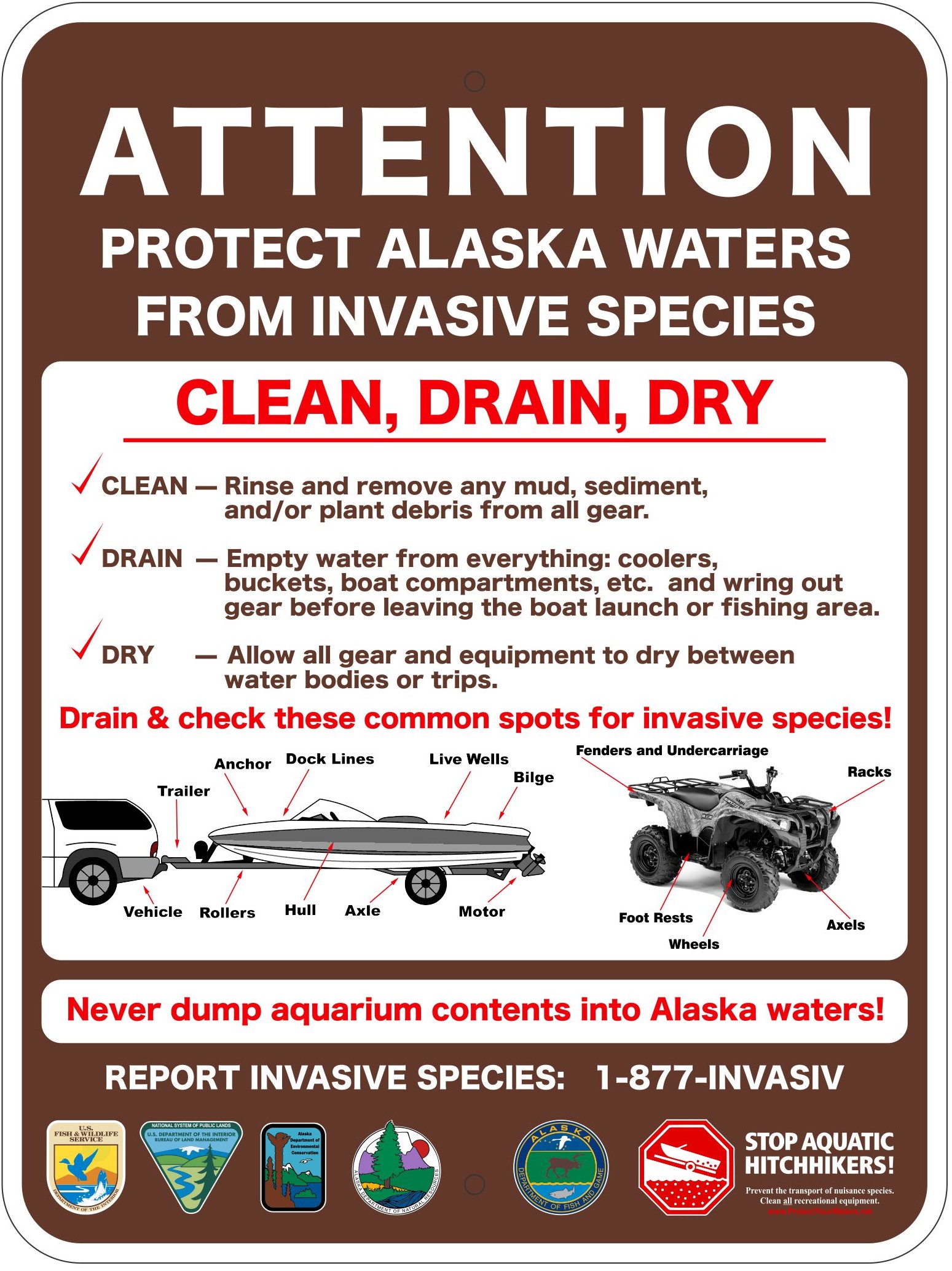

Fish and wildlife can develop diseases during their lifetimes, as well as host parasites that may or may not impact their health. Some diseases and parasites can be transmitted to humans through contact with affected animals' tissues or fluids, or by people eating infected parts of the animal. Fish caught should be properly cooked or frozen to FDA standards.
Additional information on the parasites or diseases that you may find can be found in the ADF&G website.
Potential parasite in fish at Clunie Lake: Diphyllobothrium

Lake Maps
Area Maps
-
JBER-Elmendorf Fishing Lakes (open to military affiliated persons only; non-affiliated persons must be sponsored by an affiliated person to use these areas)